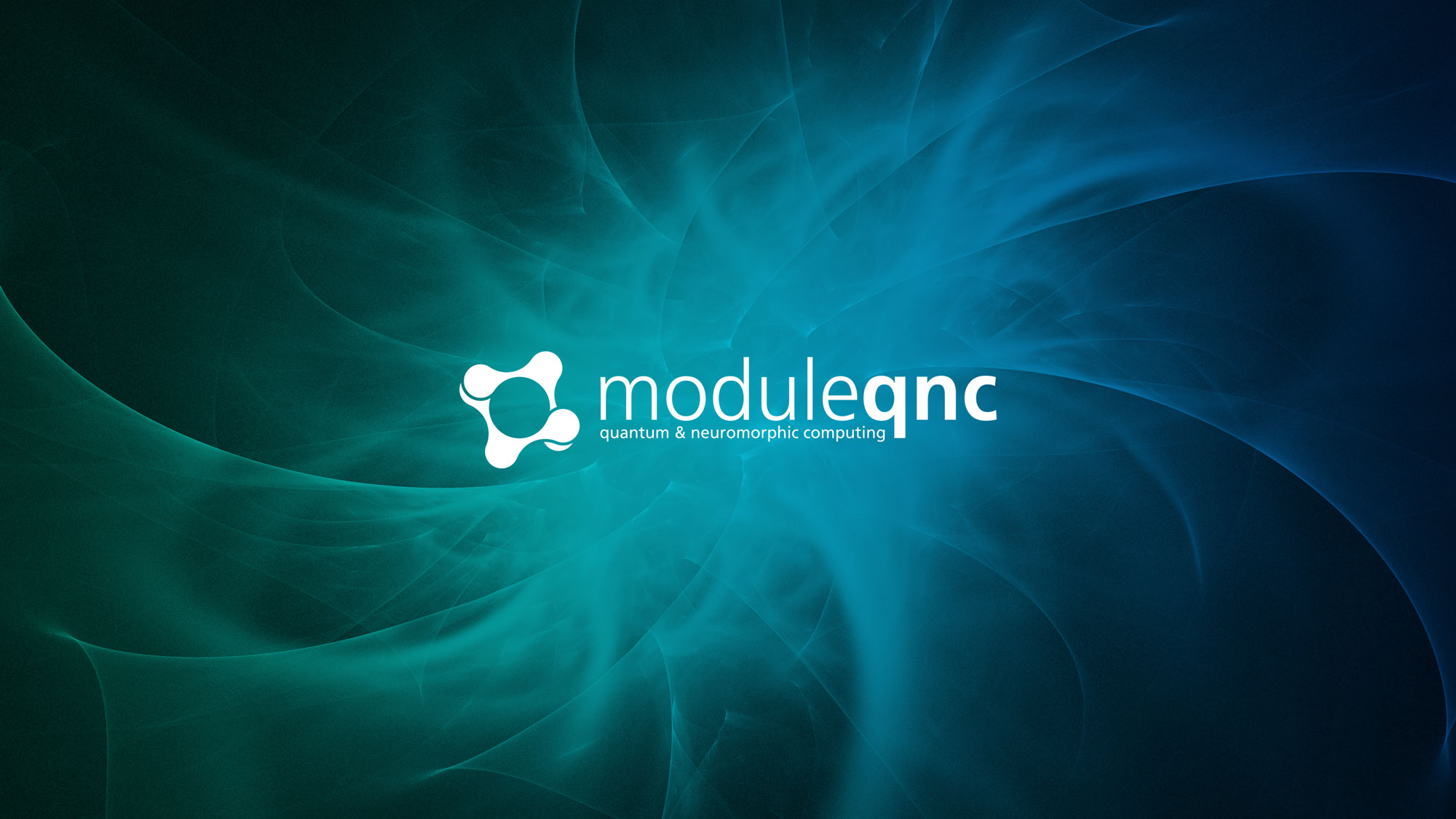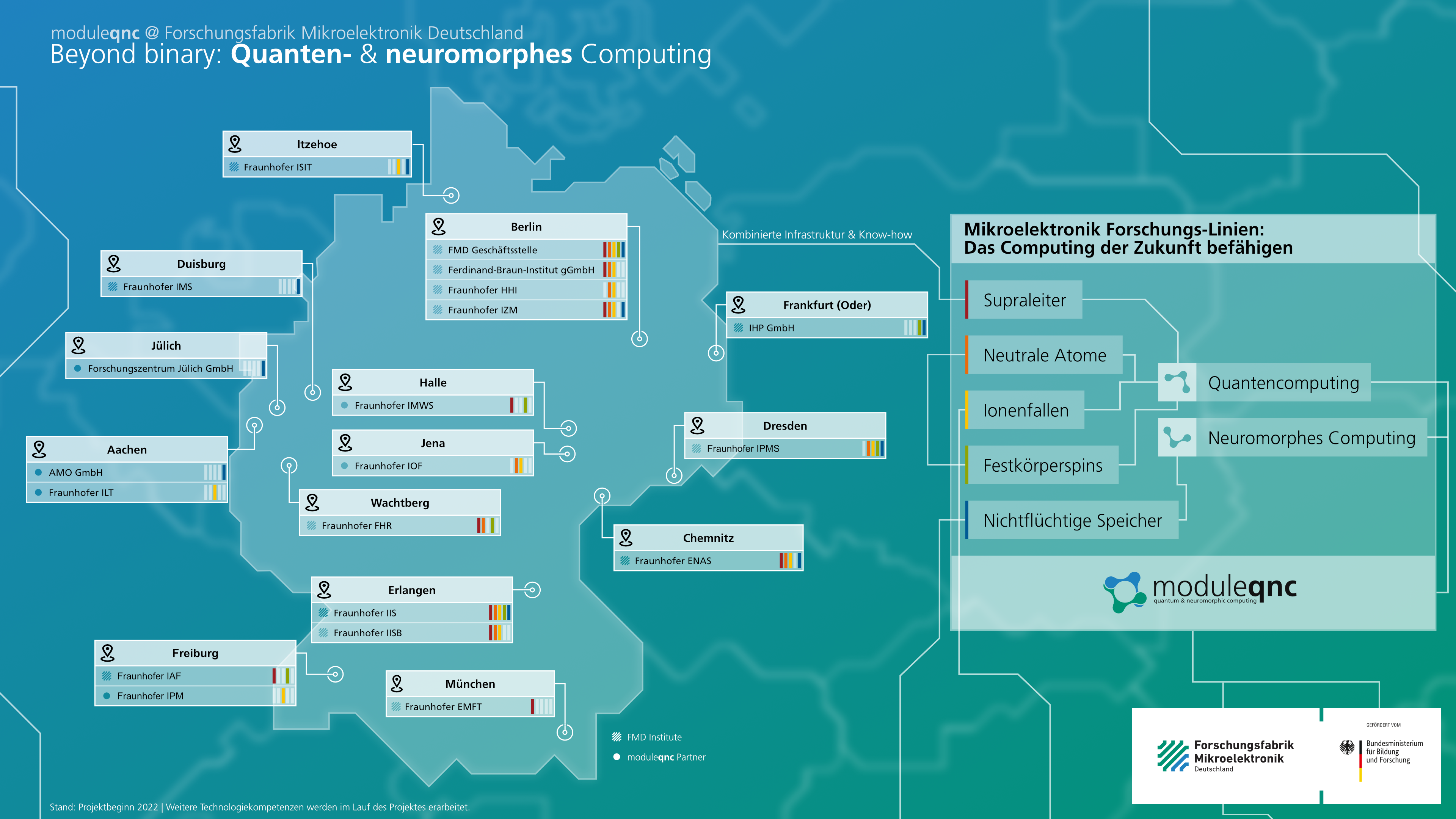Cooperation "FMD-QNC" aims at accelerating industrial application of latest quantum and neuromorphic computing hardware
Jena (Germany) | January 16, 2023
Numerous research projects in Germany address quantum computing as well as neuromorphic computing. However, there are still insufficient opportunities for application-oriented testing of the hardware developments as well as for a rapid implementation of the results in prototypes. A new research alliance aims to change that in the future: The "Forschungsfabrik Mikroelektronik Deutschland" (engl.: "Research Fab Microelectronics Germany") launched the "Quantum and Neuromorphic Computing Module" (FMD-QNC) in December 2022 to bundle expertise and transfer it more quickly into industrial applications. The Fraunhofer Institute for Applied Optics and Precision Engineering IOF is a member of this new alliance.


